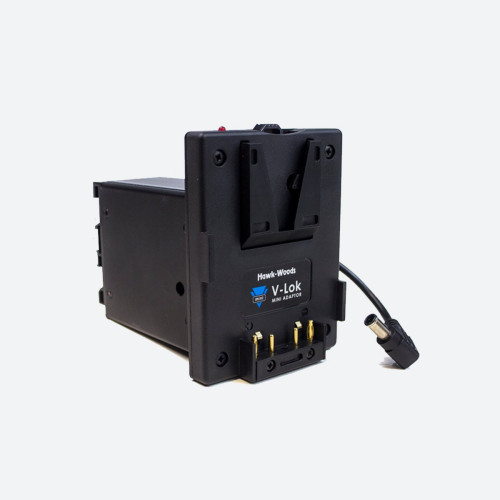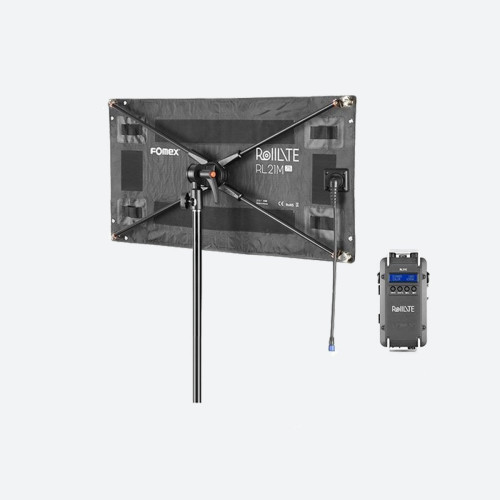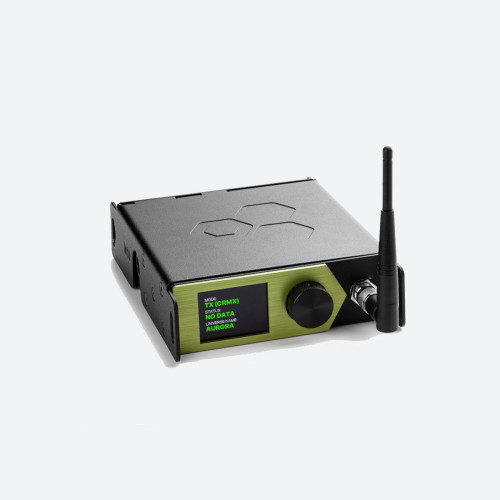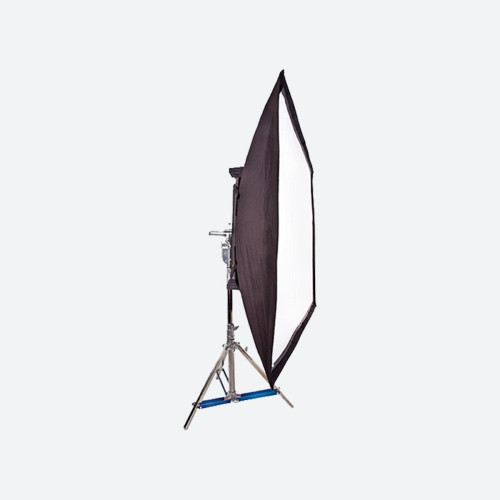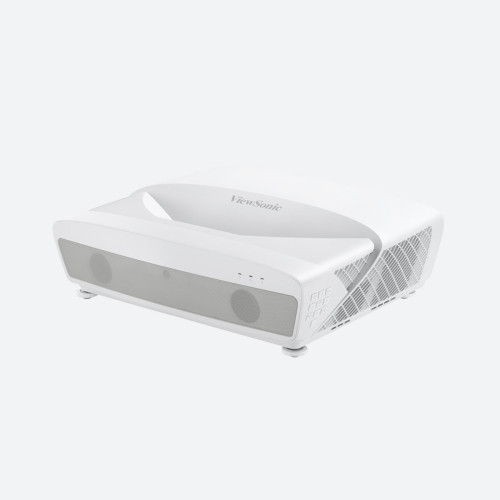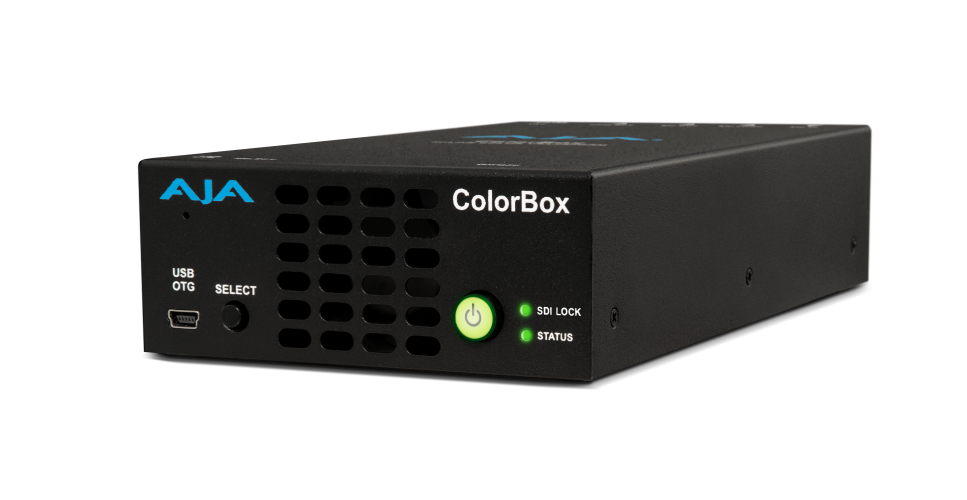by Robin Palmer
Ever since the 1997 Pokmon phenomenon when hundreds of Japanese children were struck with epileptic fits provoked by a series bright red flashes in a TV cartoon programme broadcasters have become only too aware of PSE.
For the last 8 years or so, Ofcom in its rules for British broadcasters has effectively mandated that all programmes are checked as far as possible for PSE triggers in the visual content prior to transmission. Many broadcasters also have their own 'house rules' on this subject. The odd thing is that this stringency is peculiar to the UK and Japan. The same PSE test specifications are given as guidance for Europe in ITU-R BT.1702. But this is only a recommendation and, as such, is ignored in Germany, France and all the other partner states. In the cinema, theatre or disco club there are no such rules. In the USA, with more lawyers than any other single profession, broadcasters don’t need to pre-test what is shown on public TV. The FCC appears to have shown no interest in this subject, unlike the CALM mandated loudness issue.
Checking for PSE problems in video content has to be an automated process as the many dimensional parameters are impossible to measure by any manual means. The stated requirements are to check for 3 categories of possible stimulation: luminance-only flashes, red flashes and spatial patterns. These specifications are poorly drafted in the Ofcom rules and BT.1702 gives cause for some practical concerns for repeatability and effectiveness.
The luminance flash is measured in screen area percentage, rate of flash and change in brightness level. Basically more than three flashes in one second over 25% of the screen area with a prescribed brightness difference change is a fail. The first two parameters are unambiguous but the brightness is based on a voltage to brightness gamma curve for a cathode ray tube. We all know CRTs are a dead technology and modern television receivers have digits going all the way to the LCD/plasma/OLED panel driver with an image processor en route. Also screen sizes and brightness are growing by the year, making the original assumptions in BT.1702 obsolete.
The Red flash specification is very similar to luminance except we are told to test for “red” instead of brightness. No levels, hue angle limits or saturation are given as test limits to define provocative coloured flashes.
Spatial patterns are a third category of image and not actually flashing. Any static regular high contrast pattern or design of sufficient area and so many stripes could score positive on this. For park railings, large plain captions or like designs. the feted 2012 London Olympics logo can give a false positive fail
The logarithmic nature of the brightness curve defined in the given PSE recommendations makes the testing process very sensitive to any transcoding or conversion of the programme content. This is one reason’s for the widely reported unreliability of PSE test results from instance to instance, location or programme version.
At the moment the whole UK industry is hampered by the imposition set of 'rules' on PSE not applicable anywhere else except Japan. These make it imperative that PSE testing is done. This is not any guarantee that such a passed programme or item could not cause a seizure, just that due diligence was done to try and protect the vulnerable. It is time the specifications were brought up-to-date by Ofcom with the same detail given for loudness testing when all the parameters are properly specified for the digital era. With this, there would be consistency and repeatability across programmes, equipment, operators and different locations.
Seizures caused by TV provocation are so very rare the 1 person in 4,000 minority who is susceptible should be advised to only watch small screen television sets in brightly lit rooms with the contrast and brightness controls set low. Perhaps the time is right for some de-regulation and the Ofcom rules should really be reduced in application to 'guidance' only as in the ITU-R BT.1702 version of the very same thing. Meanwhile broadcasters, programme makers, editors and will all have just to keep testing….
Robin Palmer is Managing Director of Cel-Soft and is usefully involved with solutions for 3D & TV quality control and measurement technology.





